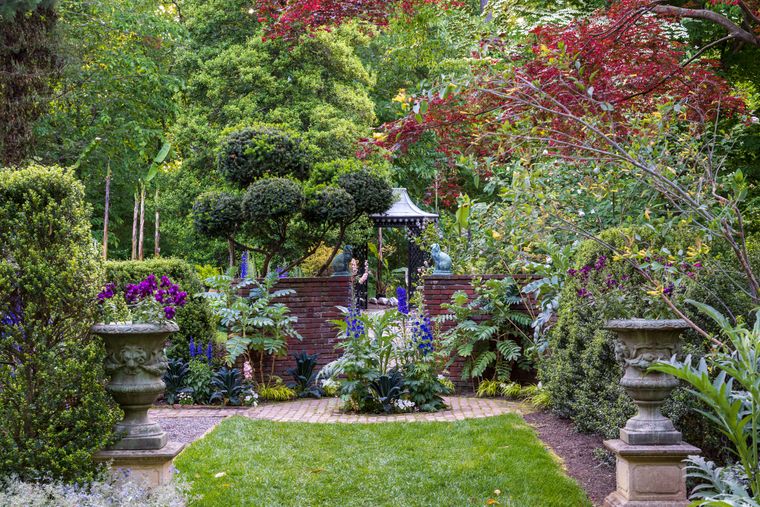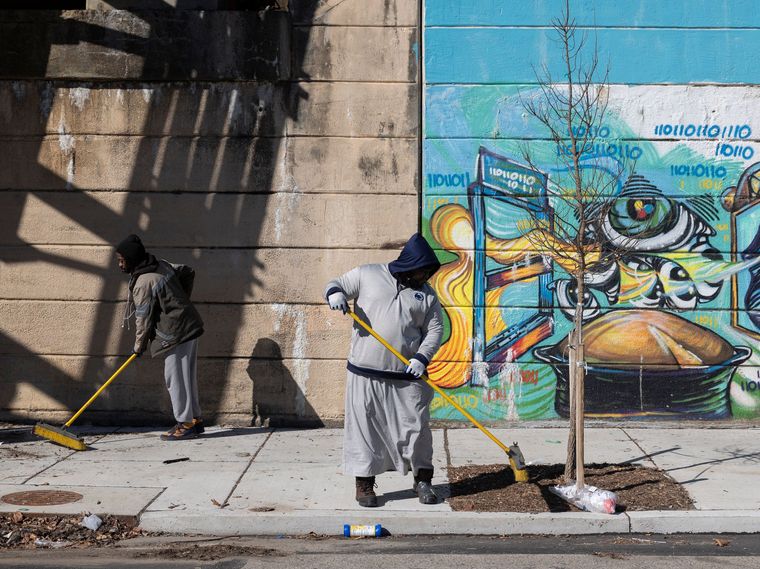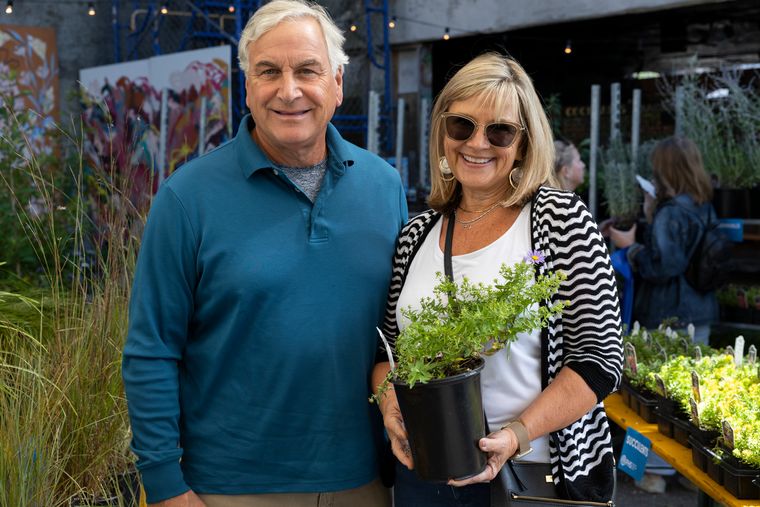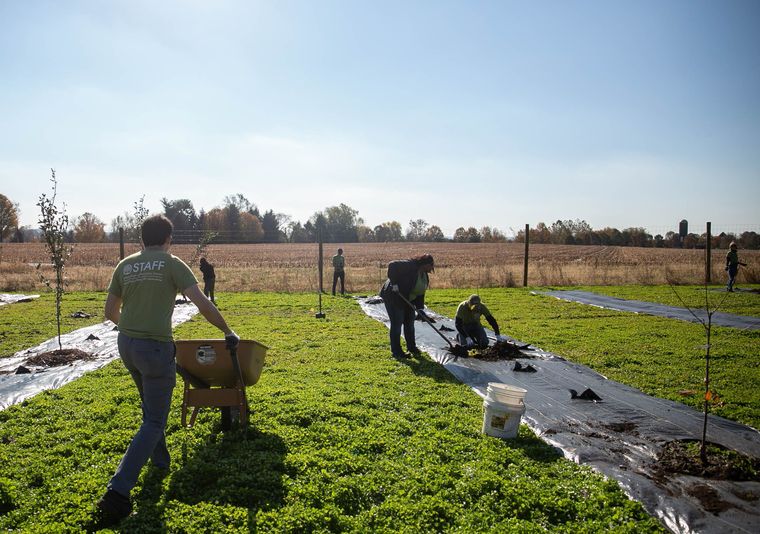



Top 6 Tips to Prepare Your Trees for Winter
seasonal tips
plant care

By Kristen Rice
PHS Tree Tenders lead the way in tree stewardship by prioritizing the planting and care of trees to ensure livable, healthy, and green environments for families in the Greater Philadelphia region. As we head into November, there are a few things you can do now to ensure the health and well-being of your trees over the winter. The PHS Tree Team experts share their tips below:
1. Weed, clean, and aerate soil three feet from the center of your tree.
“This is the most important task you can do to keep your tree healthy. By moving the soil near the tree around, you bring more nutrients to the tree, while bringing air to the soil which prevents rotting,” says Mindy Maslin, PHS Tree Tenders Program Manager.
2. Mulch the tree using the 3x3x3 method.
Mulch your tree no more than three inches high and three inches wide, and make sure you stay three inches away from the tree as to not cover the root flare. Contrary to popular belief, trees do not benefit from a ‘mulch volcano’ around them, so be sure to maintain a 3” clear radius from the tree base with any mulch application.
3. Water your tree—especially if newly planted within the last two to three years.
If your tree is established, and has been planted in an ideal rainfall location, it should be able to withstand hot and dry weather. Still, it is important to water your trees regularly during the winter growing season.
4. Remove dead, diseased, and damaged branches.
Although you should be doing this year-round, this is extremely important for the winter months to prevent branches from falling. Cutting down diseased sections can prevent further damage to the tree.
5. Scrape any Spotted Lantern Fly egg casings you have identified.
The spotted lanternfly is an invasive pest that can kill trees and plants. They also reduce yields on important fruit-bearing trees and other plants. While most adult spotted lanternflies will freeze to death, their eggs can survive over winter and are viable next spring. A single egg mass can hold 30 to 50 eggs. These casings look like grey and beige paste. Add rubbing alcohol or hand sanitizer to the inside of a zipper-sealed plastic bag. Then use a plastic card or a putty knife to scrape the egg mass into the bag and dispose of it. Be on the hunt for these casings now through April. Removing them will limit the number of pests in the spring.
6. Consult a Certified Arborist!
If you have an ailing tree, it is important to contact a professional. “It could be a pest, a pathogen, a soil issue, environmental stress, improper planting, or a combination of these issues,” says Tim Ifill, PHS Associate Director of Trees. “As with most things, an ounce of prevention is worth a pound of cure.”


